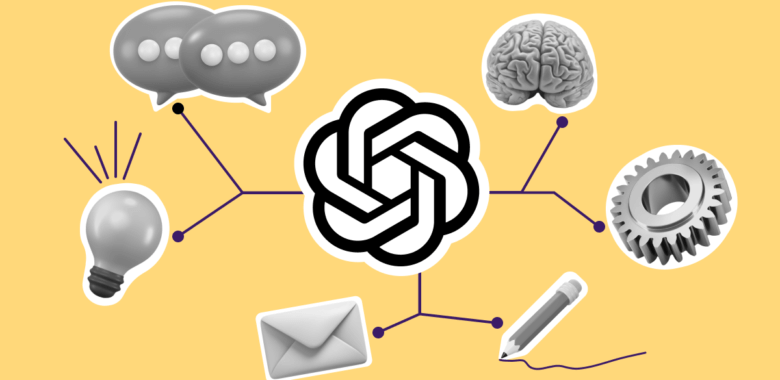Things not to use ChatGPT for in marketing
ChatGPT is a tool, not a replacement for your marketing team. It’s great for generating ideas, analyzing data, and automating certain tasks. But when it comes to understanding nuanced human behavior, making strategic decisions, you might want to keep humans in charge.
So it’s important to recognize the tool’s limitations and marketers should be cautious about over-relying on ChatGPT for certain tasks. Let’s look at some of them.
Designing complex marketing funnels
Creating a complex marketing funnel is a nuanced task that requires deep understanding of customer behavior, market trends, and strategic planning. Think about it — ChatGPT can’t conduct customer interviews, analyze qualitative feedback, or pick up on those subtle market signals that experienced marketers can easily recognize. AI might get some of it right, but miss crucial nuances. ChatGPT also lacks real-world context and doesn’t have real-time access to proprietary customer insights.
On top of it, human marketers excel at thinking outside the box, making unexpected connections, and quickly adapting to changes in the market. ChatGPT only makes predictions based on a pre-existing database of knowledge.
Creating legal documents or contracts
While ChatGPT can generate various kinds of marketing content, using ChatGPT for creating legal documents or contracts is not a good idea. Marketers should be aware of AI ethics and the limitations of generative tools and consult legal professionals.
Laws and regulations vary significantly across different jurisdictions, and they can change very fast too. ChatGPT knowledge base is only updated every so often, so might not keep up with the latest legal updates, potentially leaving you with an outdated contract template that may lead you to a multi-million dollar lawsuit. Moreover, in many jurisdictions, only licensed attorneys can provide legal advice.
Long-term business forecasting
Things needed for long-term business forecasting include geopolitical events, technological disruptions, economic shifts, and societal changes. ChatGPT is fundamentally limited by its training data, so it lacks the ability to truly understand or predict these unpredictable external factors.
For instance, an AI model trained on historical data wouldn’t be very useful for predicting the global impact of events like COVID-19 pandemic or the rapid rise of transformative technologies like blockchain or, ironically, generative AI itself.
Automating all customer interactions without human oversight
Customers can often tell when they’re interacting with a bot, and many prefer the option to speak with a human for complex issues or when they’re feeling particularly frustrated.
ChatGPT may not handle complex or sensitive customer inquiries appropriately, potentially harming customer relationships and brand reputation. So all marketing automation efforts should be balanced with human involvement to make sure that responses align with your brand’s values and marketing strategies.
Real-time market data or statistics
ChatGPT doesn’t have access to up-to-date market information or live analytics, that’s why using it for marketing tasks that require current data can lead to outdated or incorrect conclusions.
So while ChatGPT can be great for analyzing historical data and identifying patterns, when it comes to real-time market data and statistics, it’s best to rely on specialized tools, real-time research, and human expertise. Use ChatGPT to analyze and sort your research, but don’t expect it to be your go-to tool for current market conditions.
Interpreting complex market trends
Understanding and interpreting complex market trends is a job best left to experienced marketers. While ChatGPT can offer summaries or general information, it doesn’t have the ability to analyze any ambiguity in market dynamics.
ChatGPT can’t synthesize diverse information sources or pick up on subtle industry shifts that don’t fit historical patterns and that’s how it might miss emerging trends. Use ChatGPT as a starting point for your trend analysis. Let it analyze your data and suggest possible correlations. But leave the deep interpretation to the humans.














